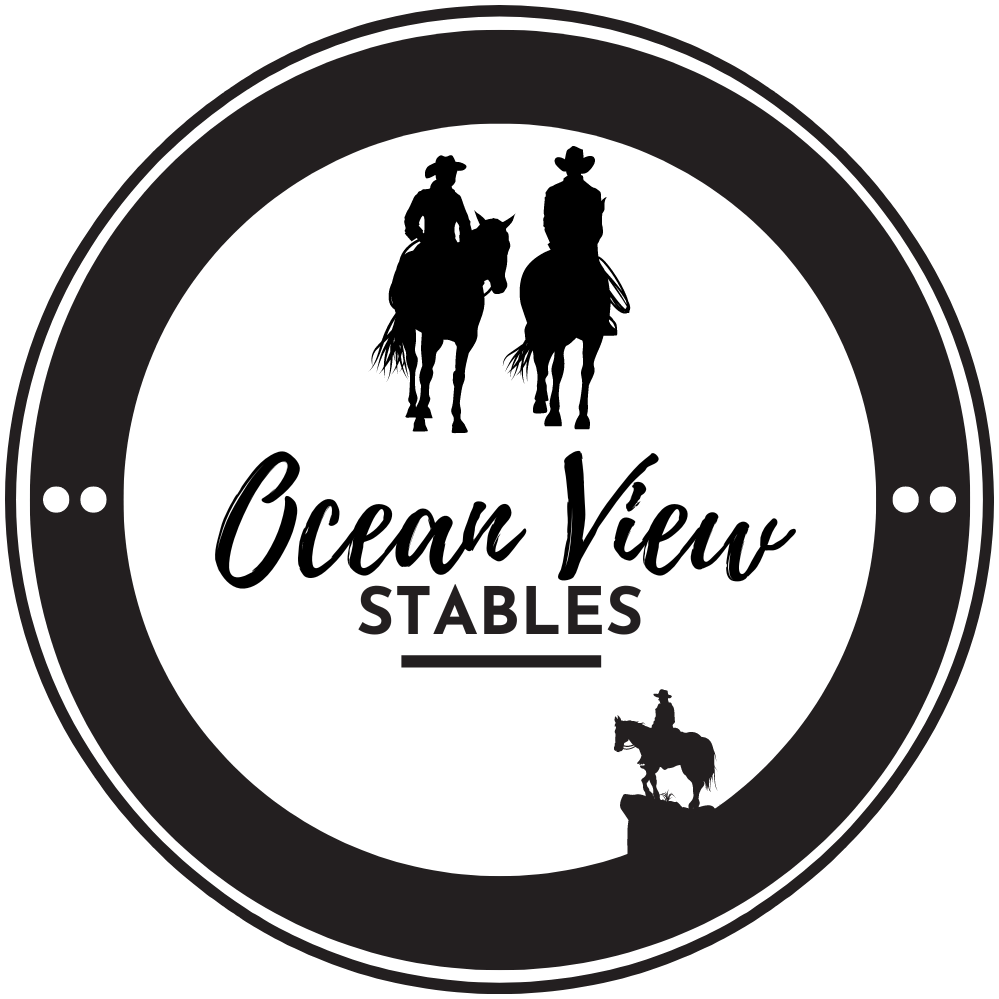Better Horsemanship through Sign Language
Horses, like humans, are highly communicative creatures. While they don't use words to express themselves, they have a complex system of body language signals that they use to communicate with one another and with us. Many horse trainers and equestrians have tapped into this non-verbal form of communication to develop a deeper bond with their equine partners. One innovative method to further this connection is through the use of sign language.
The Power of Non-verbal Communication
Before diving into the nuances of sign language, it's essential to appreciate the power of non-verbal communication, especially in the horse world. Horses primarily communicate through body movements— the flick of a tail, the position of their ears, or the roll of their eyes can convey a multitude of emotions and intentions. By observing and understanding these subtle cues, riders and trainers can build trust, anticipate a horse's needs, and even prevent accidents.
Introducing Sign Language to Horsemanship
While using hand signals isn't entirely new to horse training— think of the hand cues used in liberty work or the signals a charro might use in a charreada— adopting specific signs from human sign language adds a structured dimension to this practice.
For instance:
"Stop" or "Wait": Holding your hand up with the palm facing the horse, similar to a 'stop' gesture in human sign language, can be taught to a horse as a command to halt.
"Come": A beckoning gesture, much like the one we use to call someone closer, can signify to the horse to come towards the trainer.
Benefits of Incorporating Sign Language in Training
Clarity and Consistency: Using specific signs ensures that commands are clear and consistent. This clarity can speed up the training process and reduce the chances of miscommunication.
Building Trust: By communicating in a manner that is more in line with a horse's natural instincts, trainers can build a deeper level of trust with their equine partners.
Safety: In situations where verbal commands might be inaudible due to distance or environmental noise, sign language can offer a clear way to communicate, enhancing safety.
Bonding: Sharing a unique 'language' can deepen the bond between horse and human, fostering mutual respect and understanding.
Inclusivity: This approach also makes equestrian sports more inclusive. Deaf riders or those with speech impairments can communicate seamlessly with their horses using sign language.
Final Thoughts
While the concept of integrating sign language into horsemanship might seem unconventional, it's a testament to the evolving nature of the equestrian world. As trainers and riders continuously seek ways to better understand and bond with their horses, it's inspiring to see such innovative methods come to the forefront. Whether you're a seasoned equestrian or a novice, introducing sign language into your training regimen might open up a whole new world of communication with your beloved equine companion. For our Bay Area readers, you can take horsemanship lessons at Ocean View Stables located minutes from the San Francisco Zoo.
Discover the Power of Natural Horsemanship at Ocean View Stables
Are you seeking a deeper connection and partnership with your equine companion? Look no further than Ocean View Stables, where we proudly offer the transformative training methods of Natural Horsemanship.
At Ocean View Stables, we understand that horses are intricate beings with unique personalities and emotions. We believe in fostering a relationship based on trust, respect, and effective communication. Our Natural Horsemanship training methods not only prioritize the physical development of your horse but also focus on their mental well-being.
So what sets Natural Horsemanship apart? It revolves around understanding and working with the horse's natural instincts rather than against them. Our highly skilled trainer Zachary Leyden and his assistant’s uses techniques based on observation, empathy, and clear communication to develop a harmonious bond between horse and rider.
With our Natural Horsemanship approach, we emphasize the importance of groundwork. This initial foundation builds trust and establishes clear boundaries, ensuring a solid partnership between horse and handler. Through exercises such as leading, lunging, and desensitization, we teach horses to respond willingly and calmly to cues both on the ground and in the saddle.
Riders who embrace Natural Horsemanship gain a deeper understanding of their equine partner. They learn to communicate in a way that resonates with the horse's natural language, using body language and energy, creating a more seamless and effective partnership. This approach enhances the horse's confidence, making them more willing and responsive under saddle.
Our Zachary Leyden and team apply a diverse range of techniques tailored to suit the individual needs of each horse. We address issues such as trailer loading, fear of water, desensitization to various stimuli, and general behavior challenges with patience and expertise, ensuring a positive and enriching training experience for both horse and rider.
At Ocean View Stables, we offer a variety of Natural Horsemanship programs for riders of all levels. Whether you are a beginner eager to establish a solid foundation or an advanced rider looking to refine your skills, Leyden will guide you every step of the way to ensure a fulfilling learning experience.
Join us at Ocean View Stables and witness the incredible power of Natural Horsemanship. Our trainers are passionate about fostering strong partnerships between horse and rider, and they are excited to share their knowledge with you. Together, let's embark on a journey of trust, understanding, and mutual respect.



